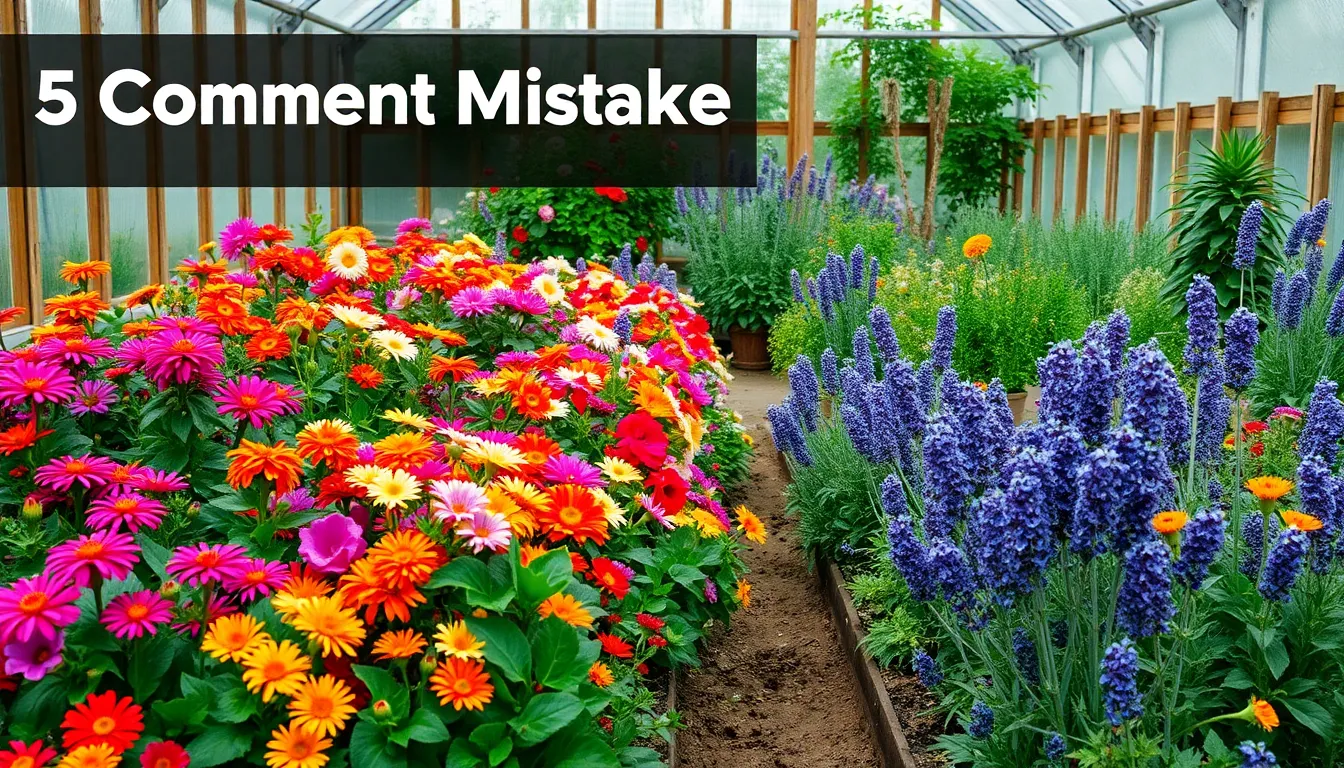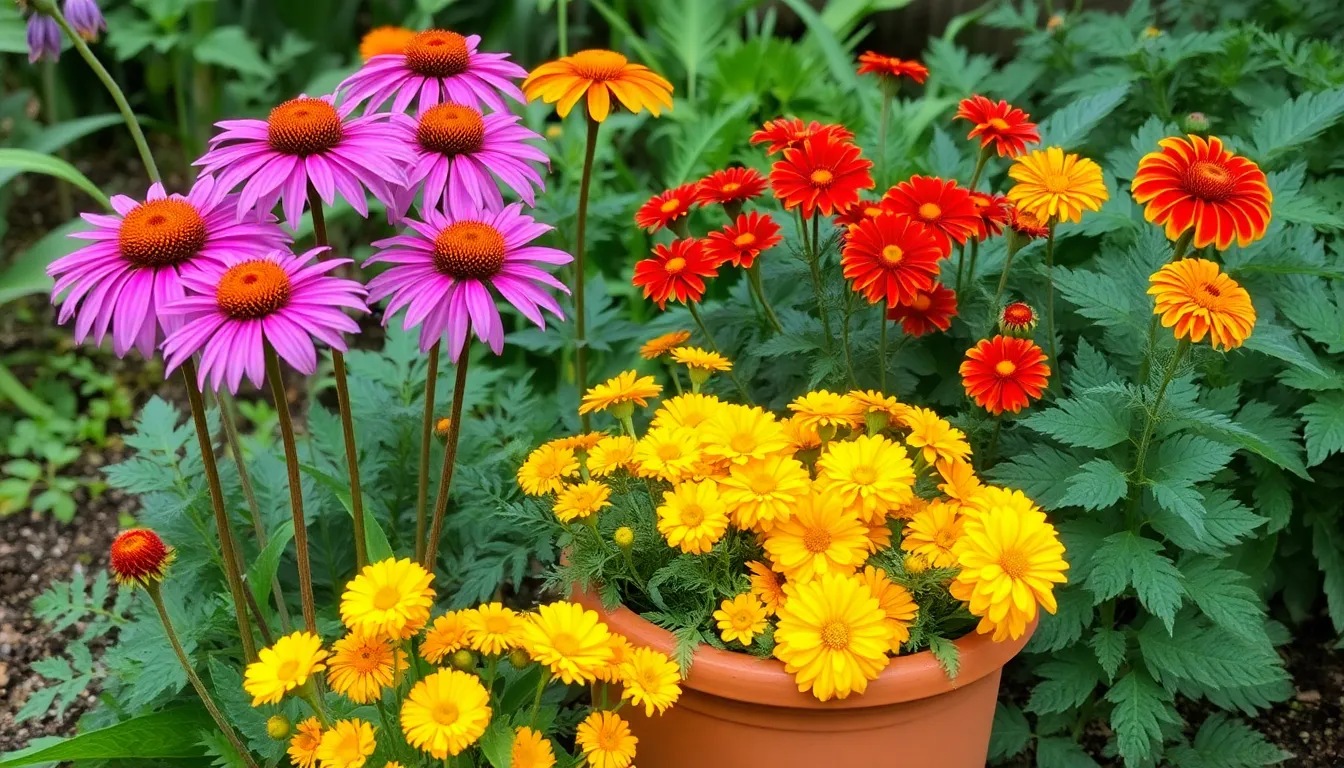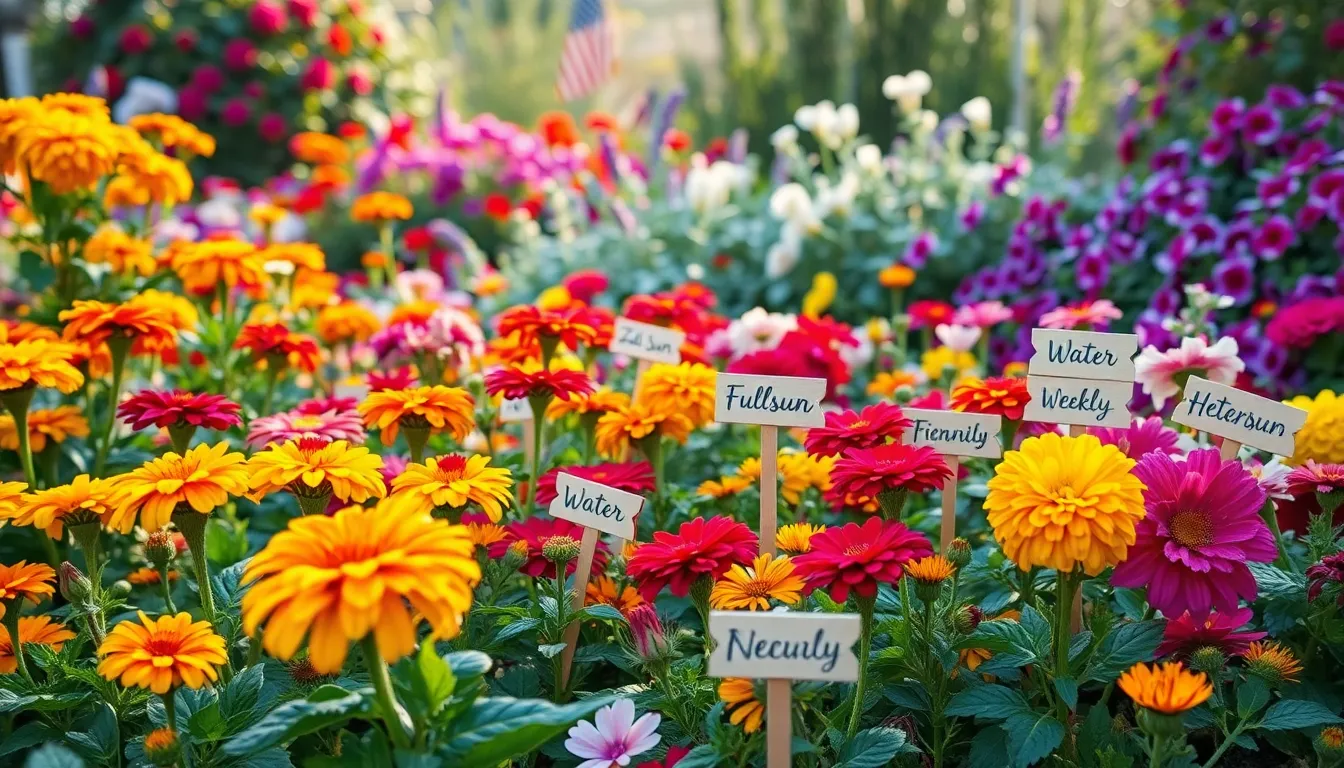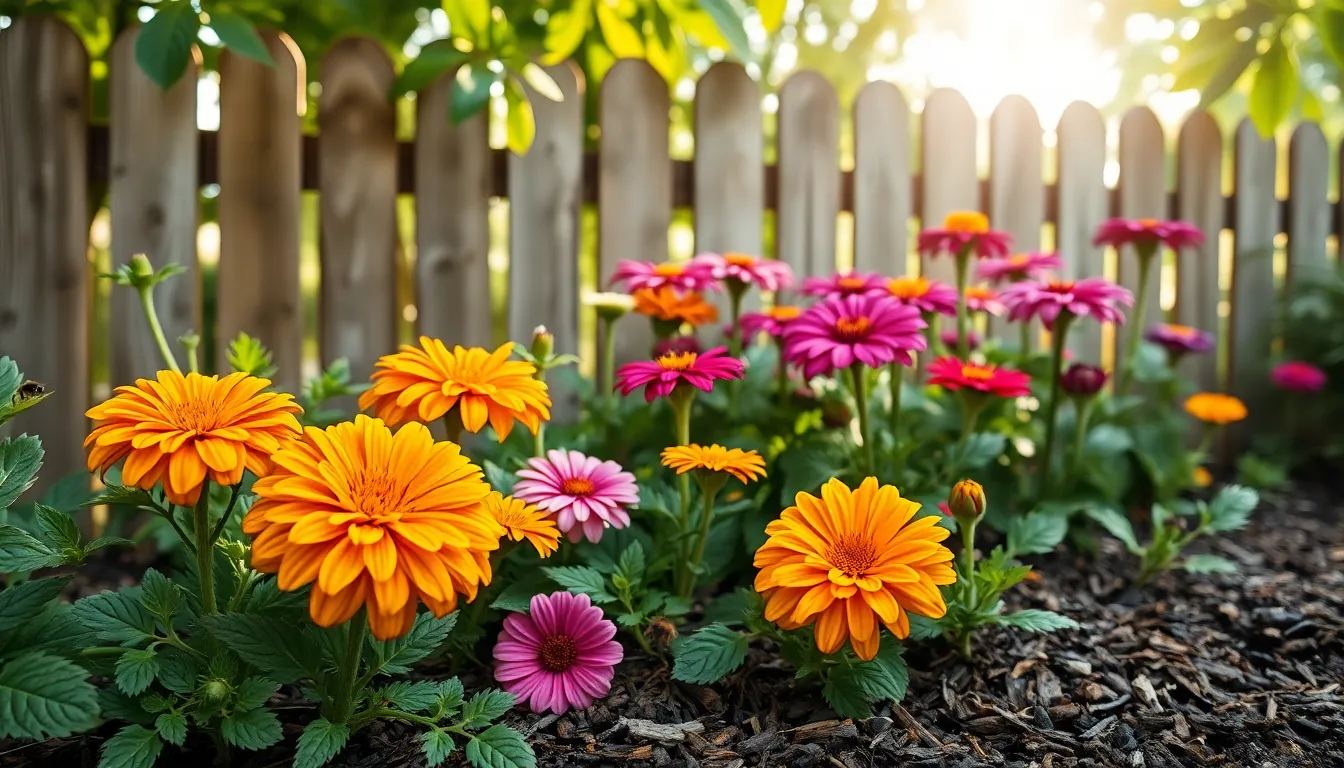There’s nothing quite as rewarding as watching a flower garden bloom into a vibrant tapestry of colors and scents. Whether you’re a novice just dipping your fingers into the soil or a seasoned gardener with years of experience, flower gardening offers a unique blend of challenges and joys that can enrich both your outdoor spaces and your spirit. Yet, even the most dedicated gardeners can stumble upon common pitfalls that hinder their floral ambitions. Understanding these blunders is key to transforming your garden into a thriving haven, ripe with blossoms and buzzing pollinators.
In this article, we’ll delve into five prevalent mistakes that can trip up any gardener, regardless of experience. We’ll explore issues ranging from soil preparation to plant selection, offering practical advice that empowers you to cultivate a garden that flourishes with each passing season. By identifying and sidestepping these missteps, you’ll not only enhance the health and beauty of your garden but also deepen your connection to the plants you nurture. As you read on, you’ll discover actionable tips and insights that promise to make your gardening journey as fruitful and enjoyable as the blooms you cultivate.
Overcrowding Flower Beds
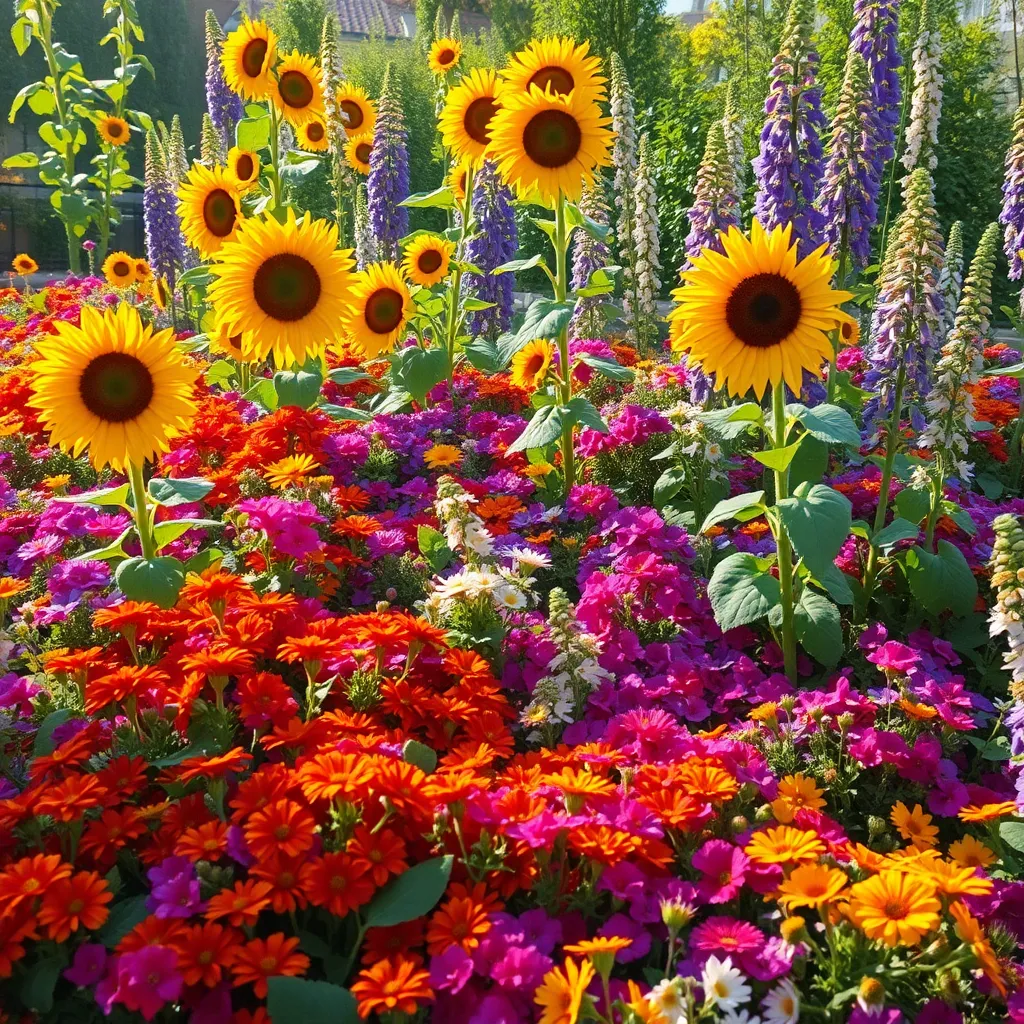
Overcrowding flower beds is a common issue that can stifle plant growth and lead to poor flowering. To avoid this, it’s crucial to understand the growth habits and mature size of the plants before planting them.
Start by spacing your plants appropriately, ensuring each has enough room to grow to its full potential. A general rule of thumb is to follow the spacing recommendations provided on seed packets or plant labels, which often consider the plant’s mature spread.
Consider the specific needs of each plant species when planning your garden layout. For example, some perennials like daylilies can spread quickly and may need more space or occasional division to prevent overcrowding.
Regular maintenance is key to managing space effectively in your flower beds. This includes thinning out crowded areas and removing any plants that are underperforming or encroaching on others.
For more advanced gardeners, incorporating a mix of plant sizes and growth habits can help maximize space without overcrowding. Layering plants vertically by placing taller plants at the back and shorter ones at the front can create a lush, well-organized garden.
Ignoring Soil pH Levels
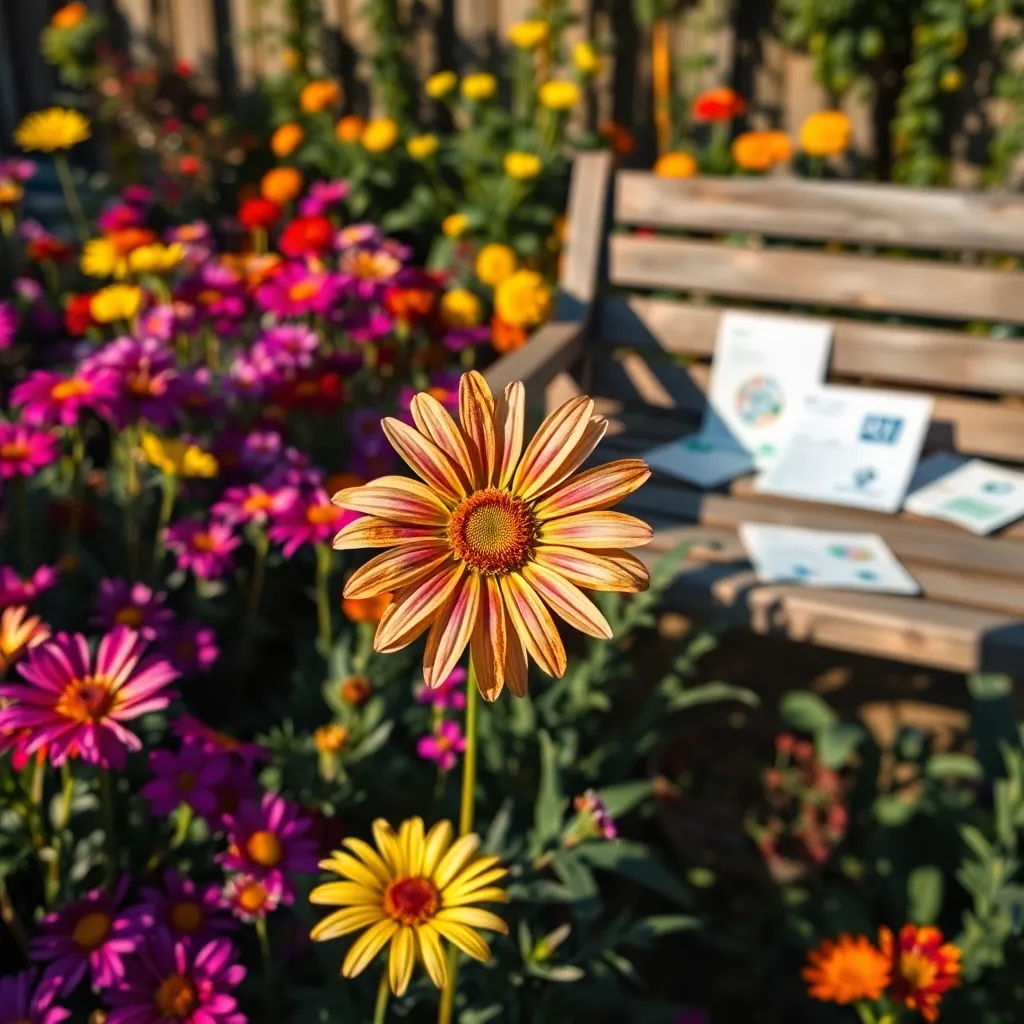
Many gardeners make the mistake of ignoring soil pH levels, which can significantly impact plant health. Understanding the soil pH helps ensure your plants are in the right environment to absorb essential nutrients.
To determine your soil’s pH, conduct a simple soil test, which is readily available at garden centers. This test will guide you in adjusting the soil environment to suit the specific needs of your flowers.
Different flowers thrive in different pH levels; for instance, azaleas prefer acidic soil, while lavender thrives in alkaline conditions. Knowing the preferred pH range for your plants allows you to amend the soil correctly, using materials like lime to raise pH or sulfur to lower it.
Incorporate organic matter such as compost to naturally balance the soil pH over time. This practice not only improves pH but also enhances soil structure and fertility, which supports robust plant growth.
Inadequate Sunlight Exposure
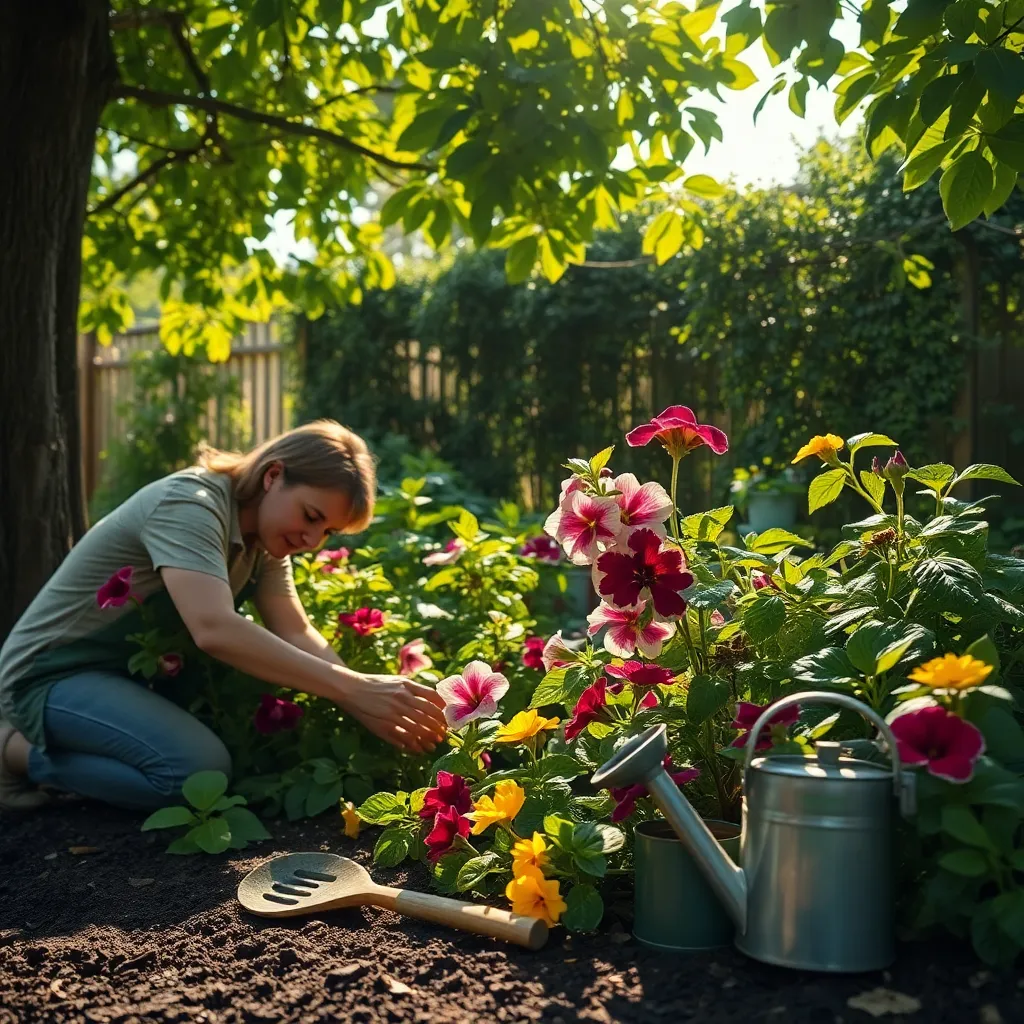
One of the most common mistakes in flower gardening is providing inadequate sunlight exposure to your plants. Each type of flower has its own specific sunlight needs, ranging from full sun to partial shade, and failing to meet these can stunt growth and affect blooming.
To ensure your flowers thrive, it’s crucial to understand their sunlight requirements before planting. For instance, sun-loving plants like roses and sunflowers need at least six hours of direct sunlight daily, while shade-tolerant species like hostas and ferns prefer filtered light.
Another helpful tip is to observe the light patterns in your garden throughout the day. This will help you identify the best spots for different plants, ensuring they receive the optimal amount of sunlight.
For gardeners dealing with limited sunlight, consider growing flowers that are naturally adapted to low-light conditions. Additionally, you can use reflective surfaces or light-colored mulch to enhance the available light in shaded areas, giving your plants the boost they need.
Neglecting Seasonal Pruning
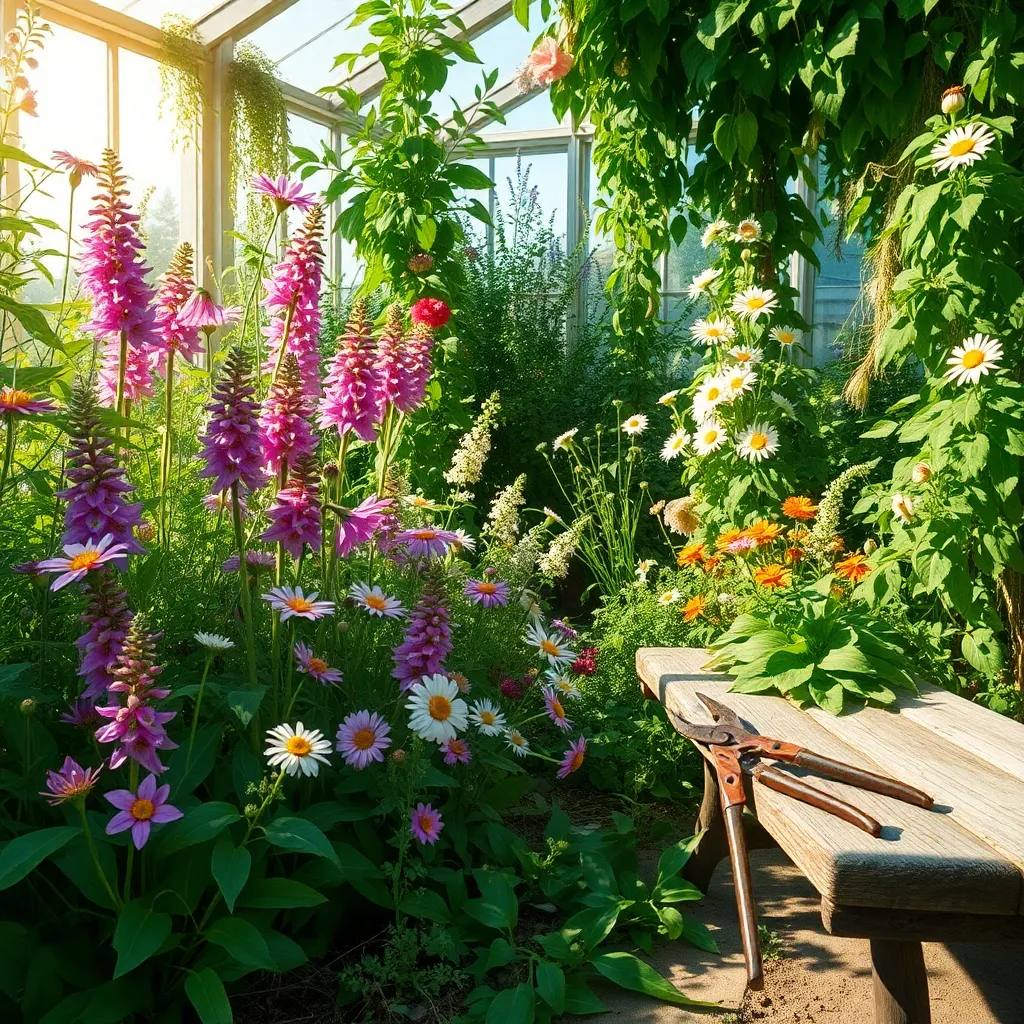
Pruning is an essential task that many gardeners overlook, yet it plays a crucial role in maintaining plant health. Failing to prune your flowering plants at the right time can lead to reduced blooms and increased susceptibility to diseases.
Understanding the specific pruning needs of your plants can greatly improve their growth and flowering potential. For instance, spring-flowering shrubs like forsythia should be pruned immediately after blooming to encourage new growth for the next season.
To avoid damaging your plants, it’s important to use clean, sharp tools and make cuts at a 45-degree angle, just above a bud. This technique not only promotes healthy regrowth but also reduces the risk of disease entering through the cut.
For advanced gardeners, consider the timing and method of pruning to shape your plants and control their size. Regularly removing dead or crossing branches can improve air circulation, which is crucial for preventing fungal diseases.
Improper Watering Techniques
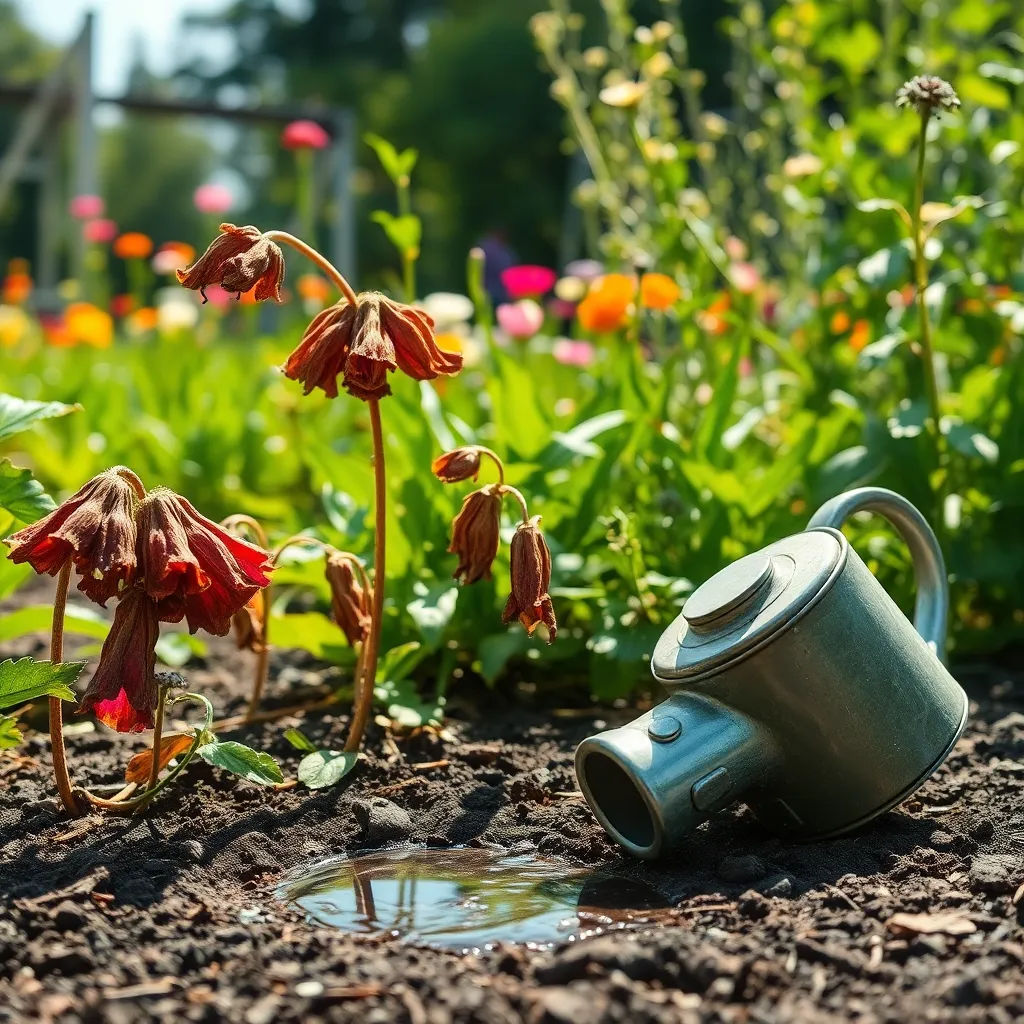
Watering is one of the most vital aspects of flower gardening, yet it is often done improperly. Overwatering or underwatering can lead to numerous issues, such as root rot or drought stress, which can severely affect plant health.
To ensure proper watering, it is essential to understand the specific needs of each plant species in your garden. Most flowers prefer well-draining soil that retains moisture but doesn’t stay waterlogged, so amending your soil with organic matter like compost can improve both drainage and water retention.
For beginners, start by establishing a watering schedule that matches the climate and season, adjusting as necessary. In general, deep watering once or twice a week is more beneficial than light daily watering, as it encourages deep root growth.
Advanced gardeners can use mulch to maintain soil moisture and reduce evaporation, especially during hot weather. Consider using drip irrigation systems, which deliver water directly to the plant roots, minimizing waste and ensuring that each plant receives the right amount of water.
Conclusion: Growing Success with These Plants
In navigating the vibrant world of flower gardening, we’ve explored five pivotal mistakes that can also echo within our relationships: neglecting proper planning, overlooking the importance of nurturing, misunderstanding the need for diversity, failing to adapt to changing conditions, and ignoring the warning signs of poor health. Just as a thriving garden requires attention and care, so too do our relationships. To cultivate a flourishing connection, recognize the value of planning and nurturing, appreciate diversity, stay adaptable, and address issues early.
Today, take a moment to reflect on one area of your relationship that might benefit from a little extra attention. Whether it’s a heartfelt conversation or a simple gesture of appreciation, small actions can lead to significant growth.
To keep these insights at your fingertips, save or bookmark this article as a handy guide for nurturing both your garden and your relationships. As you embrace these principles, envision the success of your relationships blossoming like a well-tended garden, full of color and life. Remember, the seeds of effort you plant today can lead to a thriving tomorrow.

